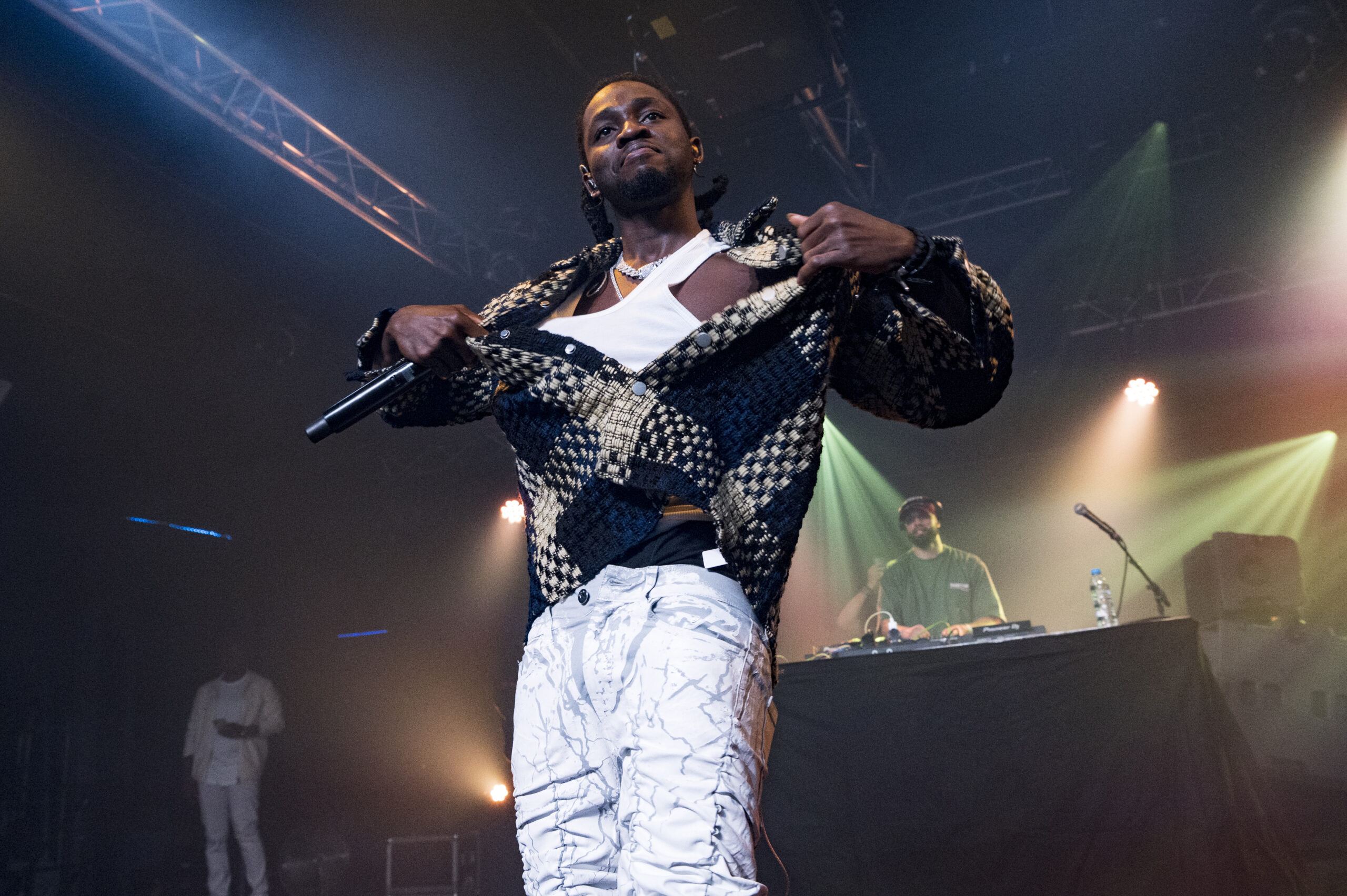817Views 0Comments

The Omah Lay Concert Incident: Unveiling Complexities of Performer-Audience Dynamics

The recent Omah Lay concert in London, UK, took an unexpected turn when a viral video captured a controversial moment between the singer and an audience member.
This incident has ignited a vigorous debate on social media platforms, sparking discussions about consent, boundaries, and the responsibilities of performers in engaging with their audience.
Setting the Scene:
Omah Lay, celebrated for his hit song “SoSo,” took to the stage in front of a captivated audience in London.
A man and his girlfriend occupied the front row, anticipating an evening of musical enjoyment.
The Unexpected Invitation:
Omah Lay extends an invitation to the man’s girlfriend, beckoning her onto the stage.
The girlfriend, perhaps caught in the excitement of the moment, accepts the invitation, joining the singer.
The Dramatic Interaction:
The onstage interaction between Omah Lay and the girlfriend appears to be intimate, eliciting excitement from the audience.
Meanwhile, the man in the front row experiences a range of emotions, including heartbreak and shock.
Social Media Explosion:
– The viral video quickly spreads across social media platforms, triggering intense debates.
– Netizens weigh in on the incident, with opinions divided on whether Omah Lay’s actions were appropriate or invasive.
Exploring Complexities:
The incident raises broader questions about the dynamics between performers and their audience.
Discussions delve into the boundaries of performer-audience interaction and the nuances of consent in such contexts.
The aftermath of the Omah Lay concert incident serves as a catalyst for introspection within the entertainment industry and beyond. As debates rage on social media, it becomes evident that the incident has highlighted the complexities of navigating personal boundaries and ethical conduct in the realm of performance art.
Moving forward, this incident prompts a critical examination of the responsibilities of performers, the agency of audience members, and the blurred lines between entertainment and personal space.


